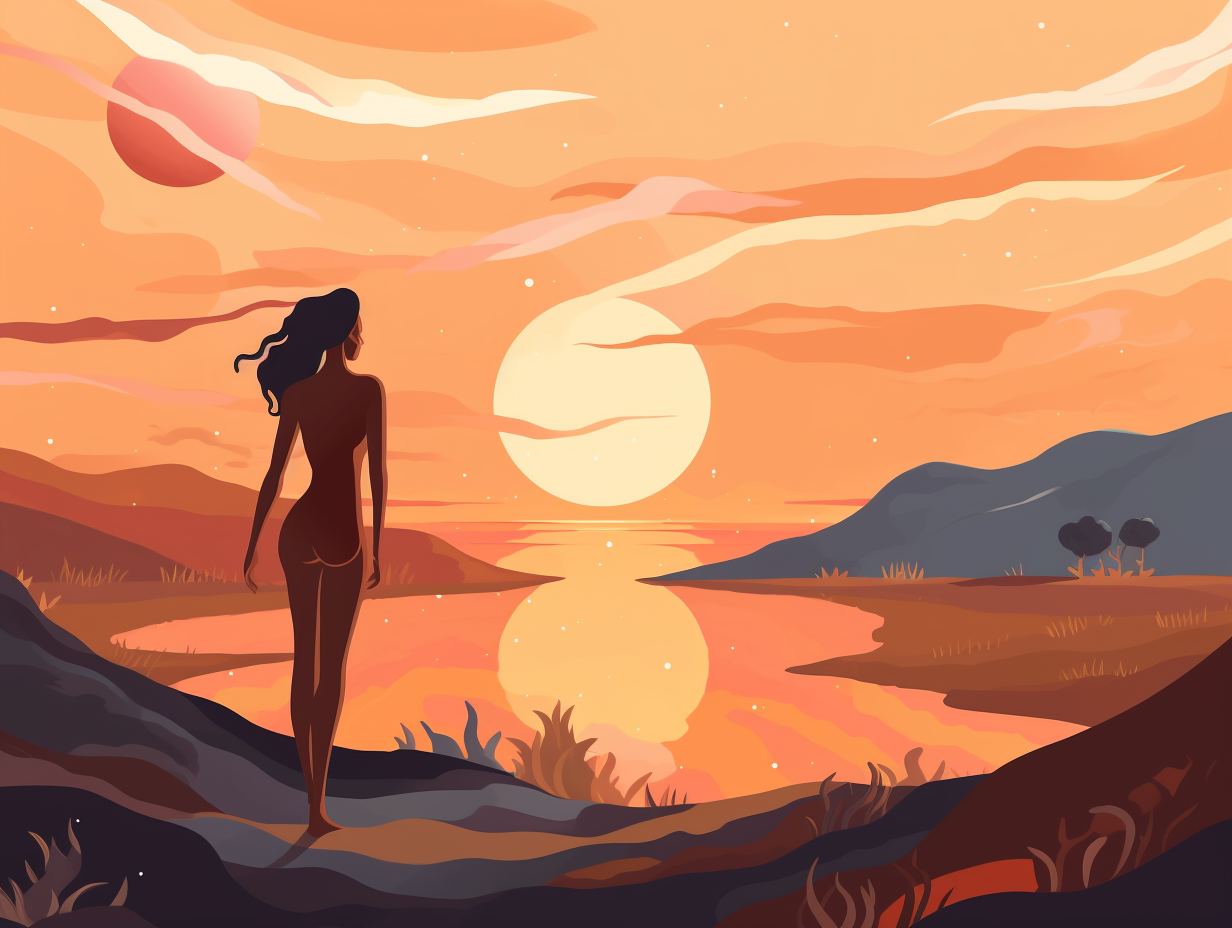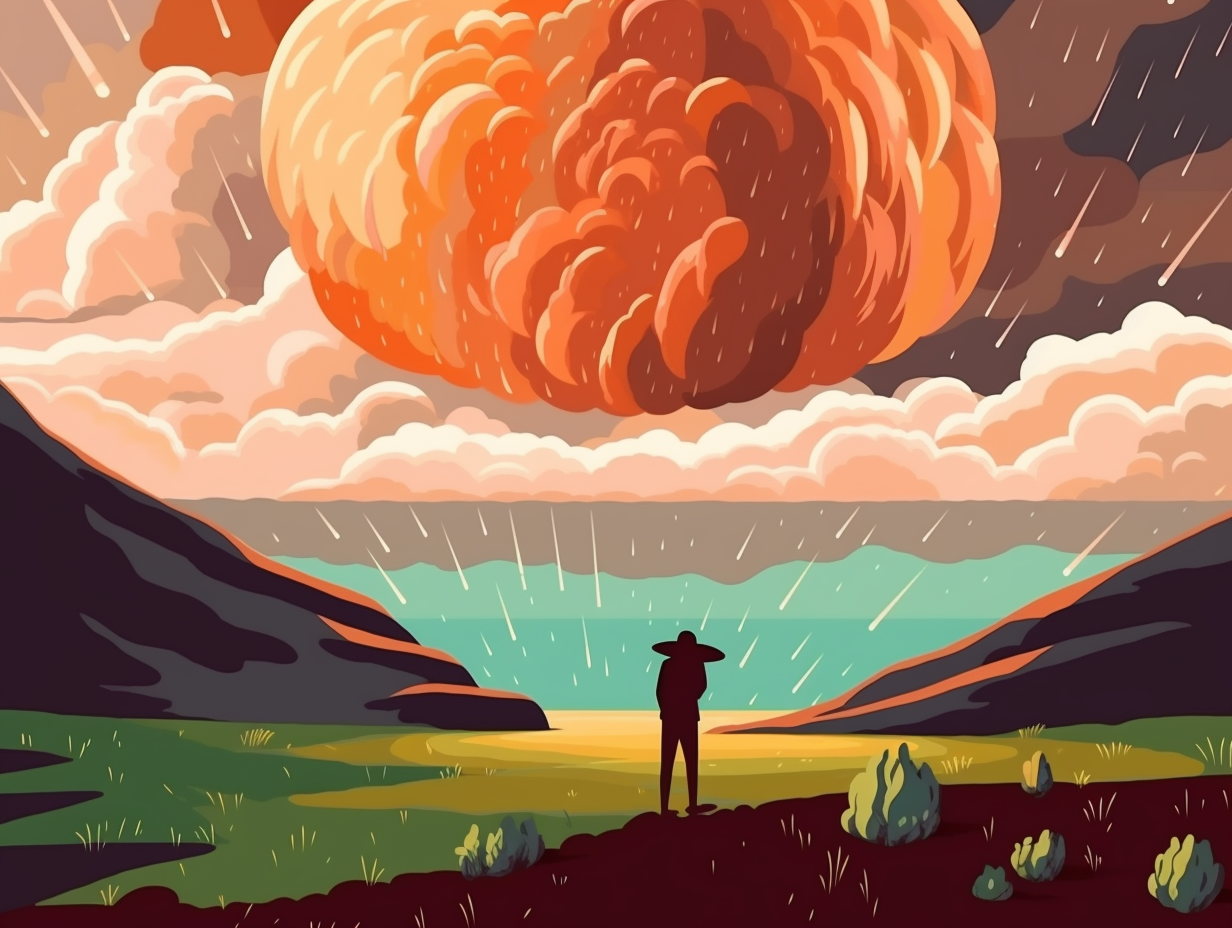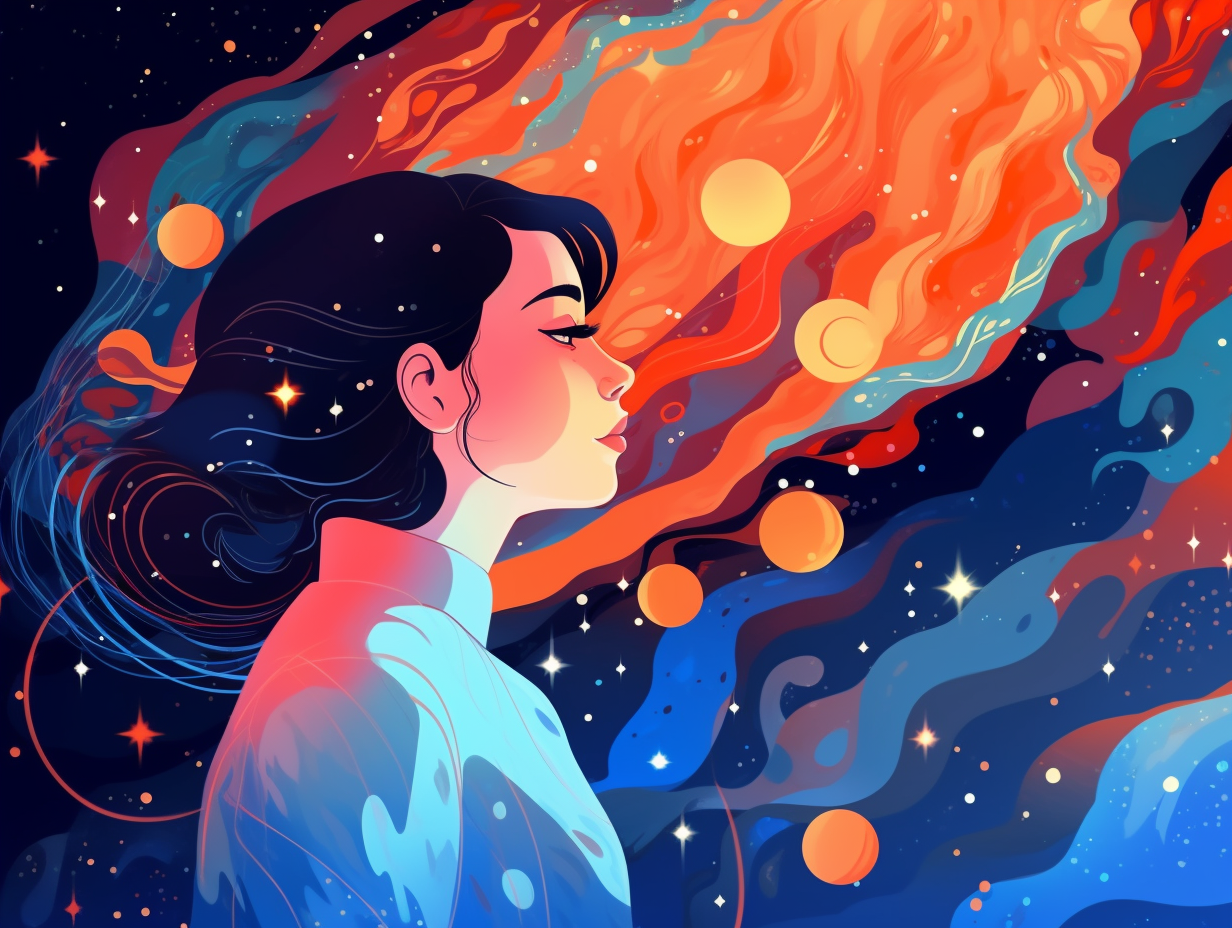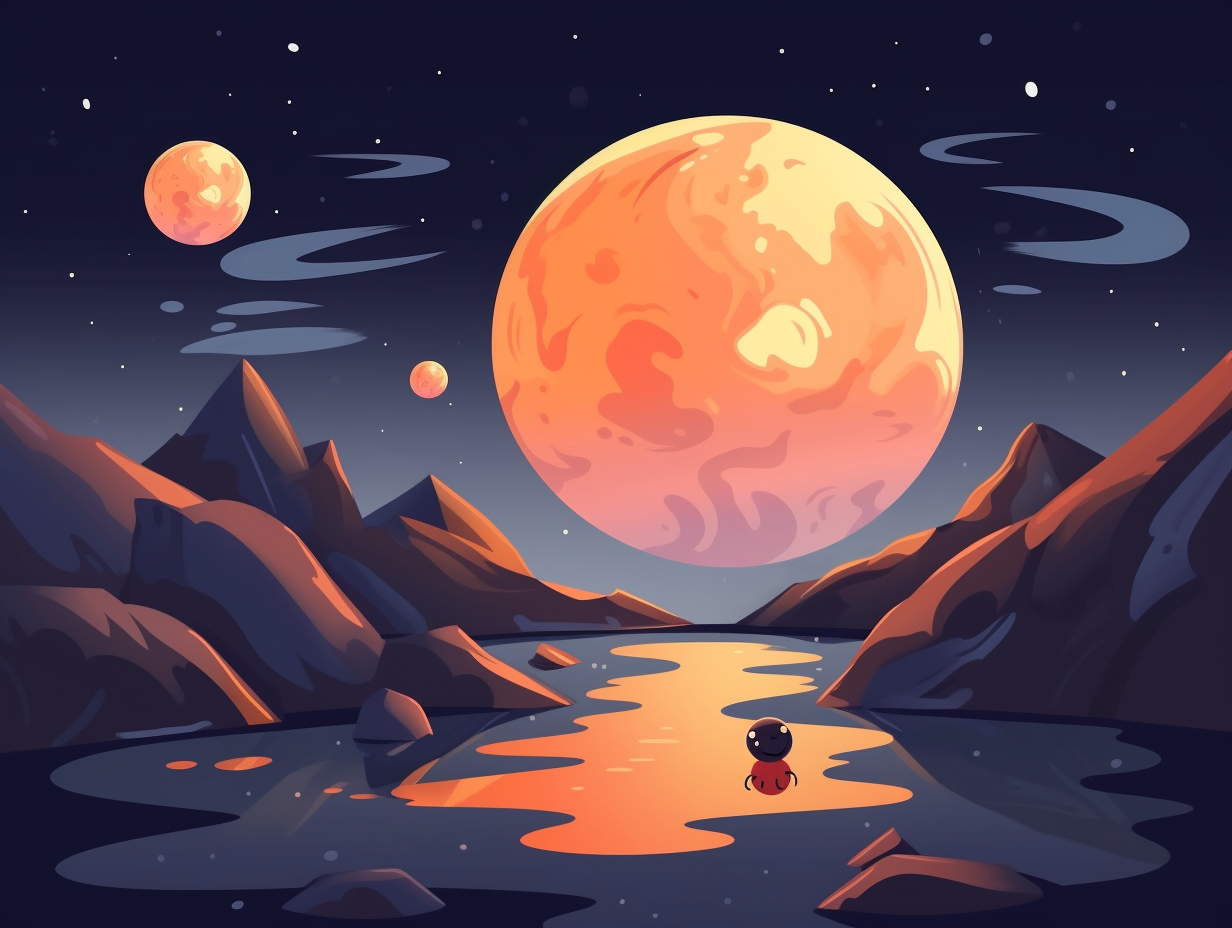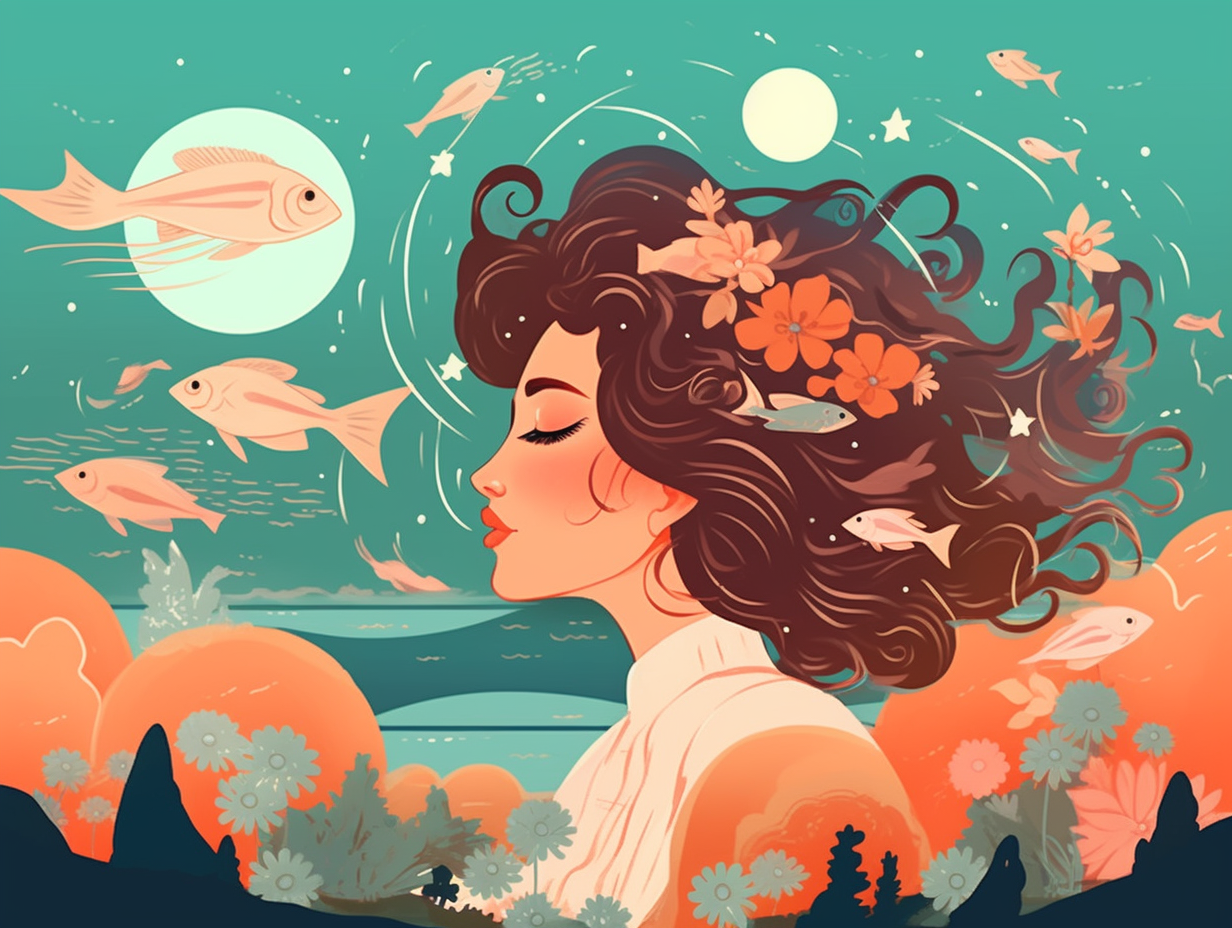14 Amazing Fun Facts About Gas Giants That'll Blow Your Mind
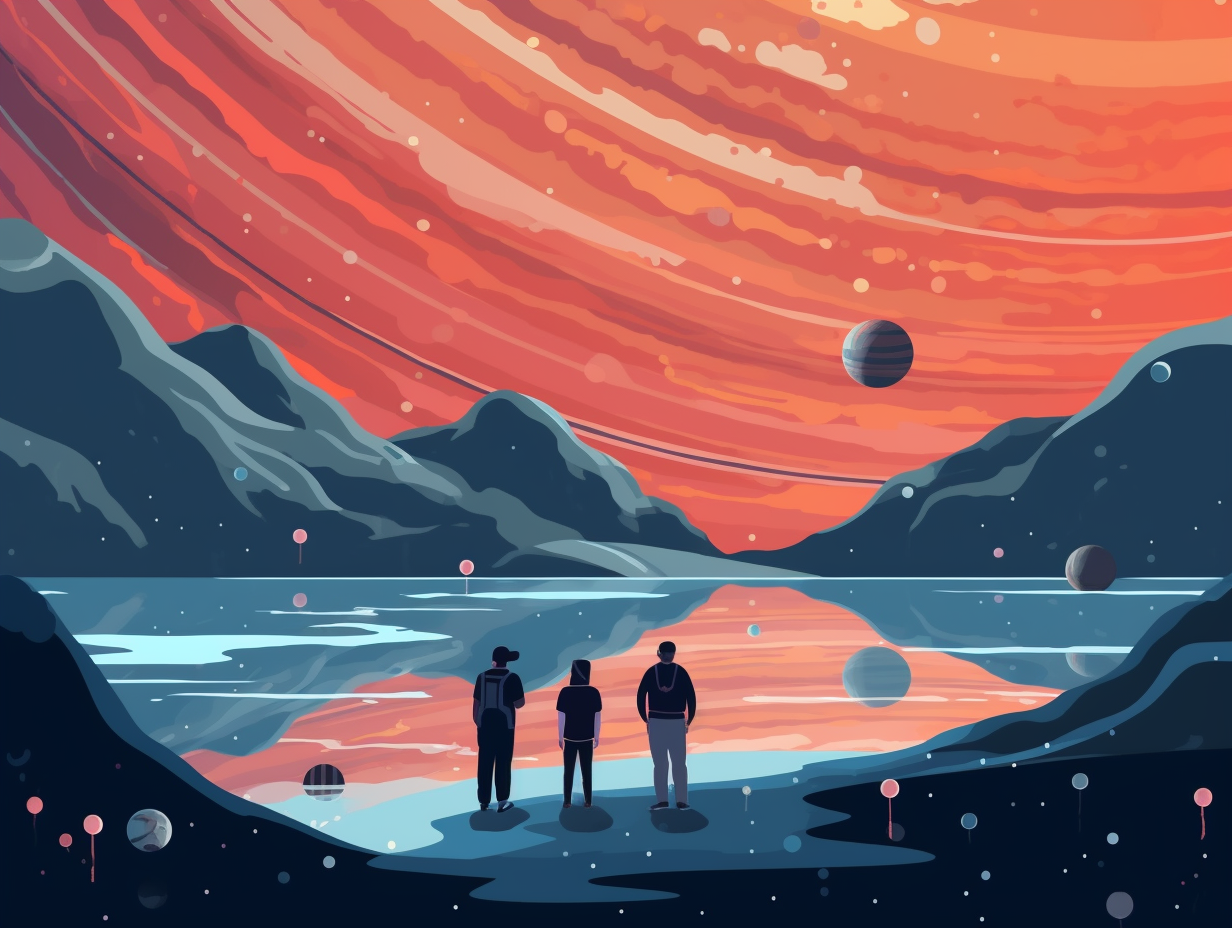
1. Jupiter's Persistent Pimple
Jupiter's Great Red Spot is like a whacky intergalactic acne problem that just won't go away: this massive, Earth-sized blemish on the gas giant's mug is actually an intense, swirling storm that's been raging since the Baroque Period, chucking winds at a casual 268 mph. While recent "flaking" around its edges could put the astronomical zit in danger of clearing up, some scientists still think the stubborn spot is here to stay.
Source => en.wikipedia.org
2. Saturn's Watercolor Wonders
Who needs a paintbrush when you've got a giant, gassy artist in the sky? Feast your eyes on Saturn's very own watercolor masterpieces: High-speed winds in the planet's atmosphere, reaching over 1,100 mph (1,800 kph), create stunning, painting-like patterns, as revealed by an infrared image snapped by NASA's Cassini spacecraft from a distance of 592,000 miles (953,000 kilometers).
Source => cnet.com

Did you know Jupiter can complete a full rotation in less than half an Earth day? Discover how the largest planet in our solar system races against time! 🌌⏱️
=> Fun Facts about Jupiter
3. Uranus' Tipsy Tilt
Talk about a planetary bender: Uranus got tipsy after being struck by multiple smaller objects instead of one giant cocktail, tilting it a whopping 98 degrees. This boozy revelation, uncovered by computer simulation soirees, shakes up the typical tale of planetary formation and evolution in our star-studded neighborhood.
Source => space.com
4. Triton's Frosty Eruptions
Step aside, Old Faithful, there's a frosty new kid on the block ready to blow your hat off: Neptune's moon Triton boasts at least four active ice volcanoes, hurling nitrogen gas and ice up to 5 miles high and 90 miles downwind, making it one of only three bodies in the solar system with active volcanism – the chilly cousin to Earth and Jupiter's moon Io.
Source => archive.nytimes.com
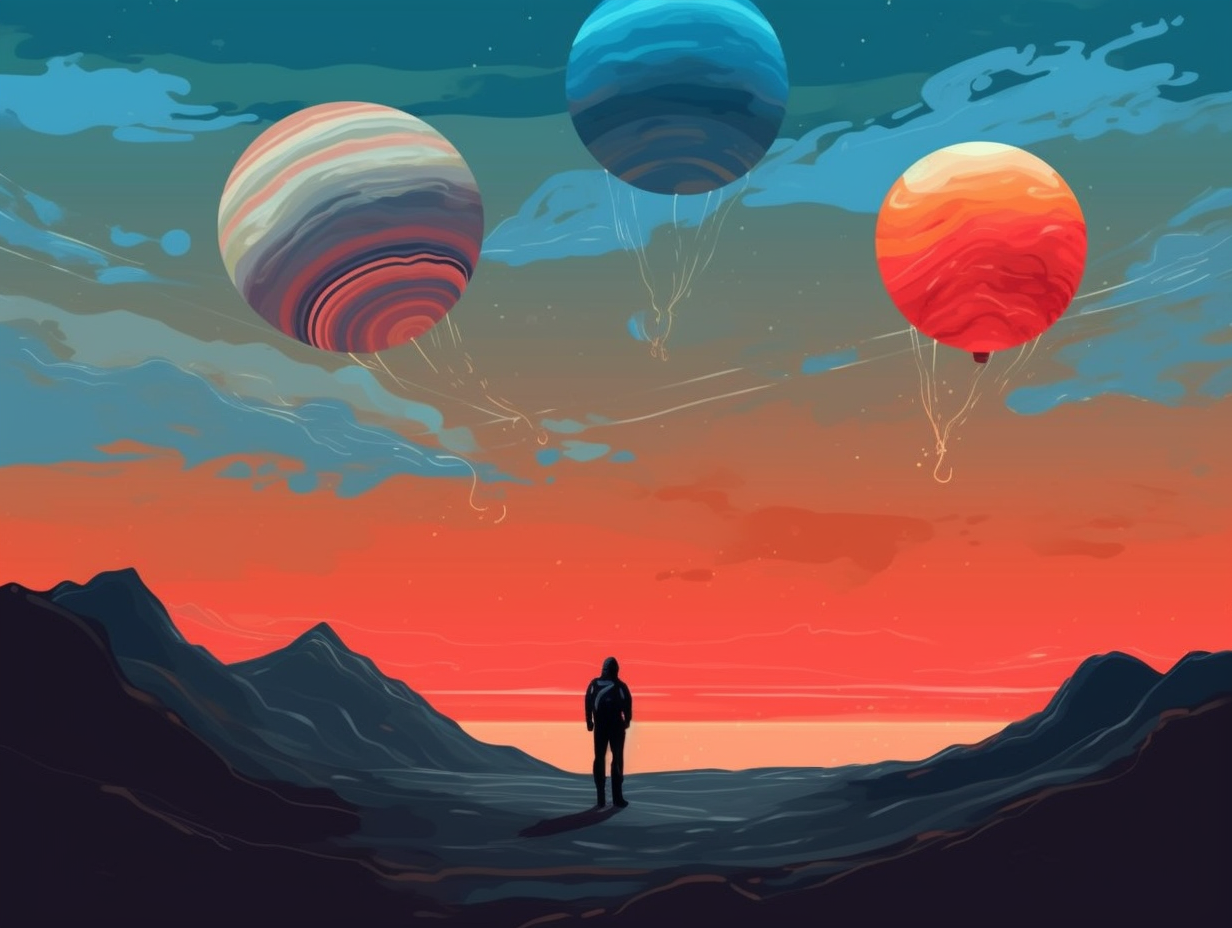
5. Jupiter's Envious Core
Imagine if Earth got jealous of Jupiter's waistline and decided to hit the gym: Jupiter's core would be the envy of our planet, as it's primarily made of rocky material and boasts a diameter of around 32,000 km! And get this: it's not even completely solid rock and metal, defying previous assumptions.
Source => sciencing.com
6. The Gas Giant Gang
Who needs the Avengers when we've got the Gas Giant Gang: Jupiter, Saturn, Uranus, and Neptune, the superheroes of mass on our very own space block! Assemble their powers and they account for a whopping 99% of the remaining mass in our solar system after the Sun's slice has been taken off, leaving the puny planet pebbles, rogue rockers, icy space surfers, and gassy gossipers to squabble over the remaining 1% of cosmic crumbs.
Source => socratic.org
7. Jupiter: Solar System Strongman
Step right up, folks, and behold the great Jupiter: it's the solar system's ultimate bodybuilder, flexing its gravitational muscles to keep moons and planets in their place! But don't expect it to win in the heavyweights category: Jupiter may be massive enough to make Earth's moon and even Pluto dance to its tune, but it's not hefty enough to collapse under its own atmospheric pressure. Seems like this celestial strongman knows just how much weight to lift without getting crushed.
Source => en.wikipedia.org
8. Mysterious Moons Masquerade
You'd think these celestial bodies were hosting a grand masquerade: there's the biggest firecracker in town, a mysterious cloaked figure, and a shattered dancer who pieced herself back together. But don't expect them to reveal themselves anytime soon, they're not letting these secrets out: These intriguing characters are actually the moons of gas giants – Io with its 400 active volcanoes, Titan with its thick atmosphere, and Miranda's fragmented and reassembled surface are some of the most peculiar moons in our solar system.
Source => coolcosmos.ipac.caltech.edu
9. Jupiter: Moon King
Move over, Saturn — there's a new "moon king" in town, and he's not just any regular celestial body; he's Jupiter, ready and waiting to steal the satellite spotlight: Researchers from the Carnegie Institution for Science have confirmed the presence of 12 new moons orbiting Jupiter, bringing its grand total to 92, compared to Saturn's now-measly moon count of 82. Among these newfound lunar party crashers, nine orbit in a retrograde fashion while five boast a diameter of over 5 miles, a discovery that was officially published by the Minor Planet Center between 2021 and 2022.
Source => space.com
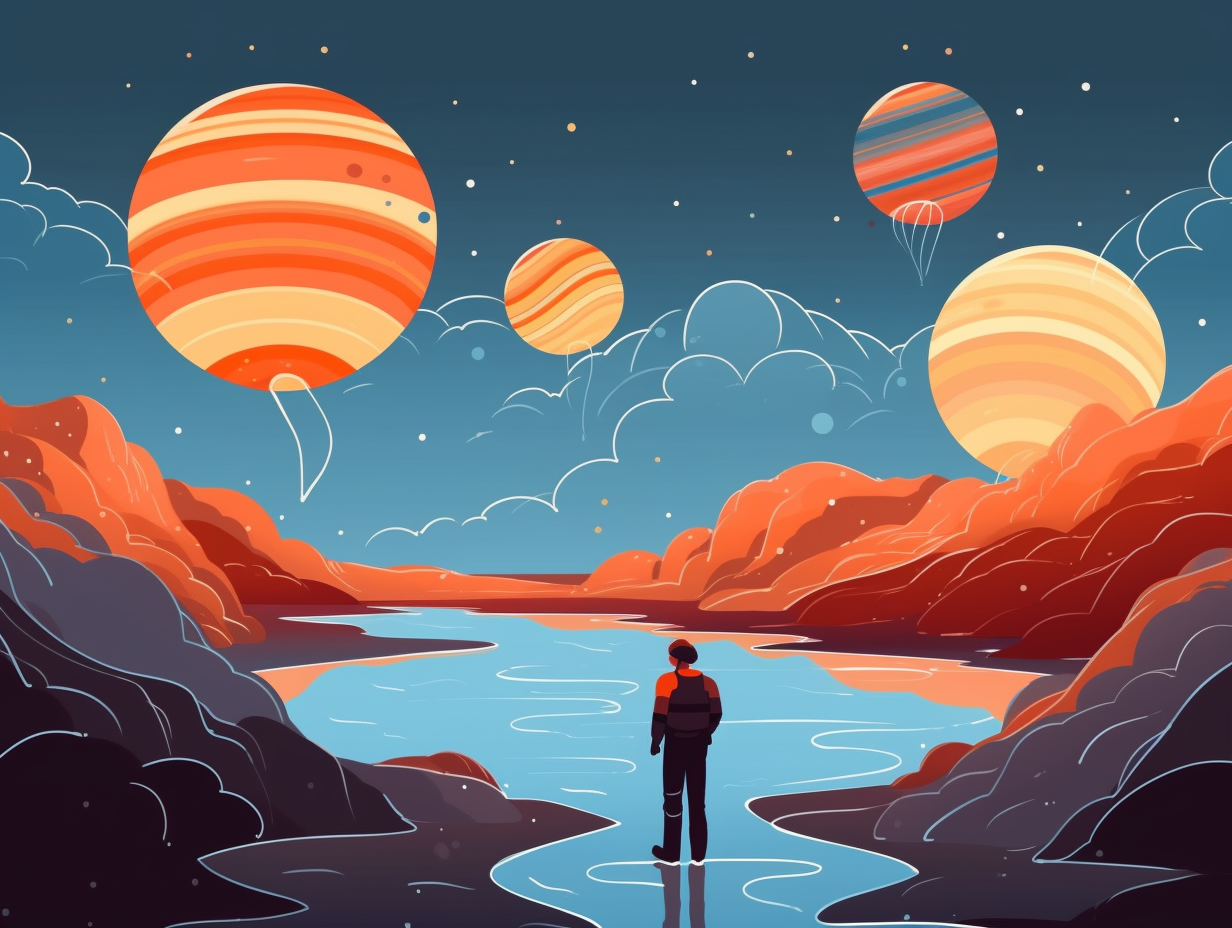
10. Uranus: Gravitational Dark Horse
In a cosmic pissing contest, Jupiter struts about as the local bouncer of our planetary nightclub, but Uranus is the unassuming heavyweight packing the real punch: With 86.8 x 1024 kg (86,800,000,000 trillion metric tons) of mass, Uranus takes the prize as the fourth most massive planet and a true dark horse of the gravitational game.
Source => universetoday.com
11. Floating Saturn Showdown
If Saturn were a contestant on "So You Think You Can Float?", it'd give ice a run for its money: With a density of just 700 kg m-3, Saturn is the least dense of the four gas giants, and could float like an ice cube if we could find an ocean colossal enough.
Source => teachastronomy.com
12. Titanic Trampoline Dream Crusher
Bouncing on Titanic trampolines, anyone? The ice giants Uranus and Neptune lack solid surfaces to land on: In reality, these celestial bigwigs are made up of heavy elements and supercritical fluids, making it impossible for trampolining or anything else on their nonexistent solid ground!
Source => en.wikipedia.org
13. Jupiter's Trojan Warriors
Move over, Brad Pitt - Jupiter's got some War heroes of its own, with a twist: This gas giant has over 4,800 known Trojan asteroids orbiting alongside it, spread between the leading L4 and trailing L5 Lagrangian points. These space rocks stay stable in their cosmic dance due to gravitational interactions with Jupiter and the Sun, all while oscillating around their Lagrangian points thanks to perturbations from other planets.
Source => astronomy.swin.edu.au
14. Moody Blue Gas Giants
Feeling blue? Uranus and Neptune can certainly commiserate: These big, gassy planets get their bluish-green hue from an abundance of methane in their atmosphere, which slyly absorbs red and infrared light while reflecting blue and green light like a cosmic mood ring.
Source => agupubs.onlinelibrary.wiley.com
Related Fun Facts








